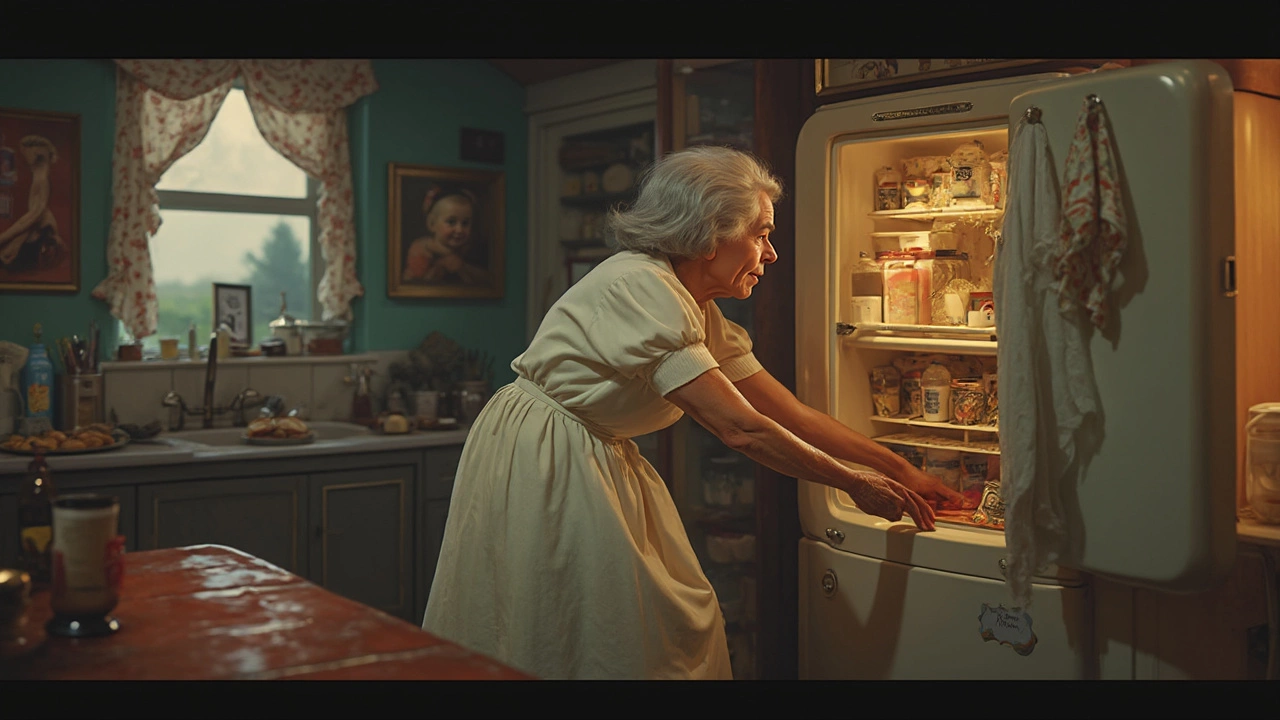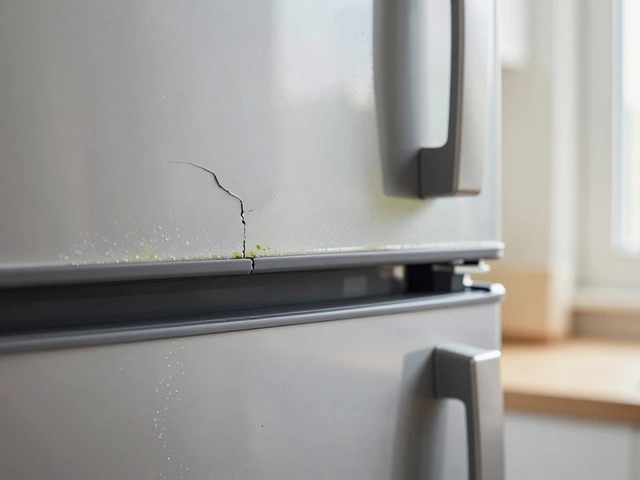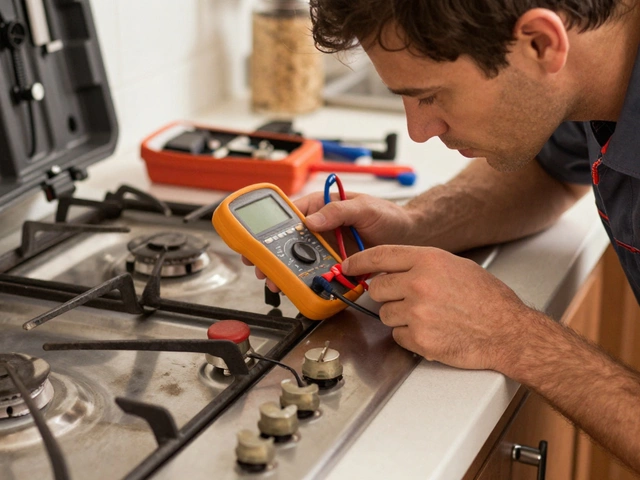Freezer Not Cooling – What’s Going Wrong?
When dealing with freezer not cooling, the frustrating condition where the freezer fails to keep food frozen and ice stops forming. Also known as freezer cooling issue, it usually points to a problem with the cooling system, the thermostat, or the ice‑maker mechanism. Freezer repair covers diagnosing and fixing those faults often saves you the cost of a new appliance. Ice maker is a sub‑system that can freeze up or stop working when the main freezer isn’t cold enough is another common culprit. Understanding how temperature control regulates the internal climate by switching the compressor on and off works helps you spot the broken part before calling a pro.
Key Reasons a Freezer Stops Cooling
First, a faulty compressor stops the refrigerant cycle, which means no cold air circulates. That’s the heart of the system, and if it’s stuck, the whole unit goes warm. Second, the thermostat may misread the temperature and never tell the compressor to start. Third, a clogged condenser coil reduces heat exchange, so the freezer can’t dump warmth outside. Fourth, a blocked evaporator fan stops cold air from moving across the freezer compartment. Finally, the defrost timer or heater can fail, causing ice buildup that blocks airflow. Each of these points freezer not cooling encompasses temperature control failure, airflow restriction, and refrigerant loss. At the same time, freezer repair requires diagnostic tools, electrical safety knowledge, and sometimes part replacement. If any of these components are compromised, you’ll notice a steady rise in internal temperature, frost on the walls, or a humming compressor that never kicks in.
Most homeowners can perform a quick visual check before calling a technician. Unplug the unit, pull it away from the wall, and inspect the back for dust on the coils – a simple vacuum can restore efficiency. Look for ice buildup around the evaporator fan; a hair‑dryer on low heat can melt it safely. Test the thermostat by turning the dial to the coldest setting; if the freezer still stays warm after a few hours, the sensor is likely bad. When the defrost timer clicks regularly, you’ll hear a soft “click‑click” sound; silence could mean the timer is stuck dead. These DIY steps give you a clear idea of whether the issue is a minor clean‑up or a part that needs professional replacement.
Knowing the cost side helps you decide whether to repair or replace. A basic compressor swap can run £150‑£300, while a thermostat or fan costs under £50. Ice‑maker repairs are usually under £80 if the motor or water inlet valve is the problem. If you’re dealing with an older, energy‑inefficient model, the long‑term savings of a new freezer might outweigh a hefty repair bill. Appliance repair offers a cost‑benefit analysis that weighs parts, labor, and future energy use and often suggests a replacement after three major fixes.
Below you’ll find a curated list of articles that dive deeper into each of these topics. From detailed troubleshooting guides for a freezer that won’t freeze, to cost breakdowns for common repairs and tips on extending your freezer’s lifespan, the collection covers every angle. Keep reading to pinpoint the exact fault in your unit and decide whether a simple clean‑up, a cheap part swap, or a professional service is the best next step.
Wondering if your freezer is on its last legs? This article cuts through the guesswork and highlights clear signs that something's wrong. Learn about unexpected noises, temperature trouble, and when a full ice cream meltdown means you should act fast. Check out practical tips for troubleshooting before calling in the pros. Get a handle on freezer problems before your groceries pay the price.


